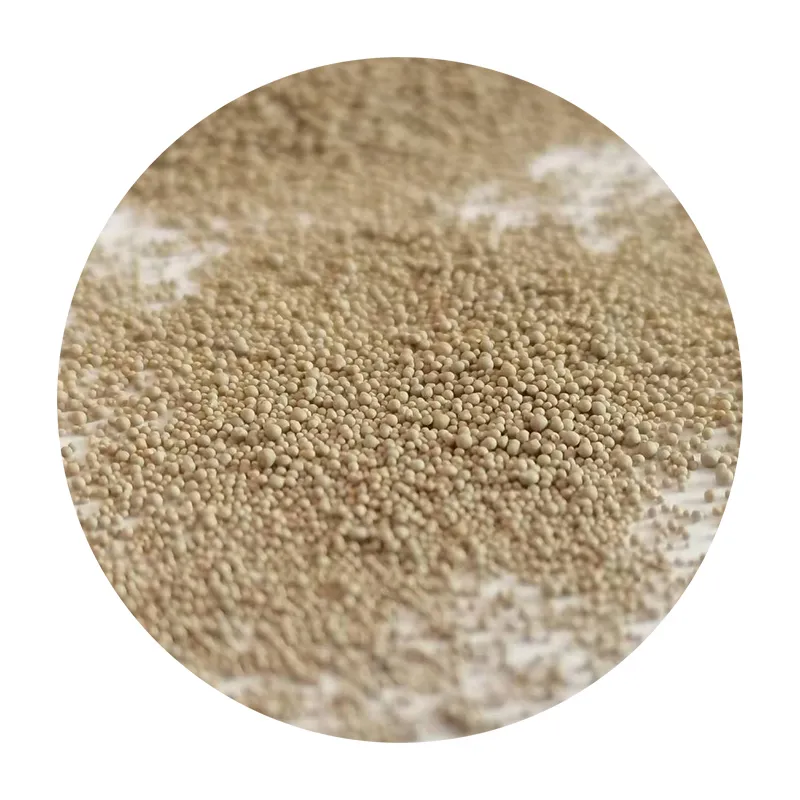The Future of Sanding 3D Printing in Sanding Machine Manufacturing
As technology continues to evolve, the manufacturing industry is witnessing a remarkable transformation. One of the most exciting advancements is the advent of 3D printing, which is reshaping traditional production methods. Among the areas benefiting from this revolution is the sanding machine sector. This article explores how 3D printing is changing the landscape of sanding machine manufacturing and its implications for the industry.
Traditionally, sanding machines have been intricate constructs of various components, each requiring precise engineering and fabrication. These machines are essential for surface finishing in woodworking, metalworking, and plastic industries, providing the smooth, polished finish that is often critical for aesthetic appeal and functionality. However, conventional manufacturing processes can be time-consuming and costly, involving extensive labor and materials. Enter 3D printing, a technology that allows for the rapid production of complex geometries and tailored designs with minimal material waste.
The Future of Sanding 3D Printing in Sanding Machine Manufacturing
Additionally, 3D printing promotes sustainability in manufacturing. Traditional methods typically generate a considerable amount of waste, as components are machined from solid blocks of material. In contrast, additive manufacturing builds components layer by layer, utilizing only the necessary materials. This not only reduces waste but also lowers the environmental impact associated with production. As more companies strive for sustainability, integrating 3D printing into their sanding machine manufacturing processes could be a significant step forward.
sanding machine 3d print

Furthermore, the versatility of 3D printing allows for the exploration of new materials in sanding machine production. While traditional machines are often made from metals and plastics, advancements in 3D printing technology now enable the use of innovative materials, including composites and bio-based options. These materials can offer enhanced durability, reduced weight, and improved performance characteristics, which could revolutionize how sanding machines are designed and operated.
Another area where 3D printing is making waves is in the rapid prototyping of sanding machines. Before committing to full-scale production, manufacturers can now create prototypes quickly and cost-effectively. This rapid prototyping enables engineers to test various designs and functionalities, facilitating more comprehensive testing and refinement. Consequently, businesses can bring superior products to market more efficiently, keeping pace with the ever-evolving demands of the industry.
However, the integration of 3D printing into sanding machine manufacturing is not without challenges. The technology is still relatively new, and not all manufacturers are equipped with the necessary skills or resources to adopt it fully. There may also be concerns regarding the strength and reliability of 3D-printed components compared to traditionally manufactured parts. As the technology continues to mature, these obstacles will likely diminish, paving the way for broader acceptance.
In conclusion, the confluence of 3D printing and sanding machine manufacturing represents a promising frontier in the industry. With its ability to produce customized solutions, reduce waste, enable new material applications, and facilitate rapid prototyping, 3D printing offers a transformative approach to manufacturing. As companies embrace this technology, we can expect to see innovative sanding machines that are not only more efficient but also more sustainable. The future of sanding is indeed bright, driven by the limitless possibilities of 3D printing.
Post time:നവം . 12, 2024 00:07
Next:lost-foam casting
